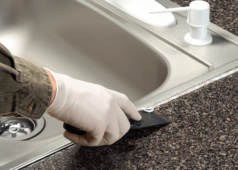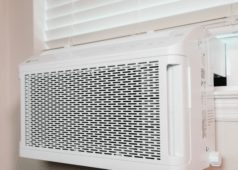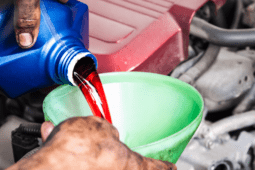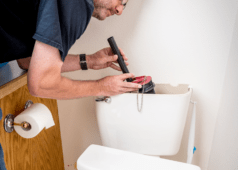How to Fix An Overloaded Circuit
An overloaded circuit can be quite a problem in your home. An annoying problem or possibly a life-threatening one if conditions are right—or wrong, in this case.
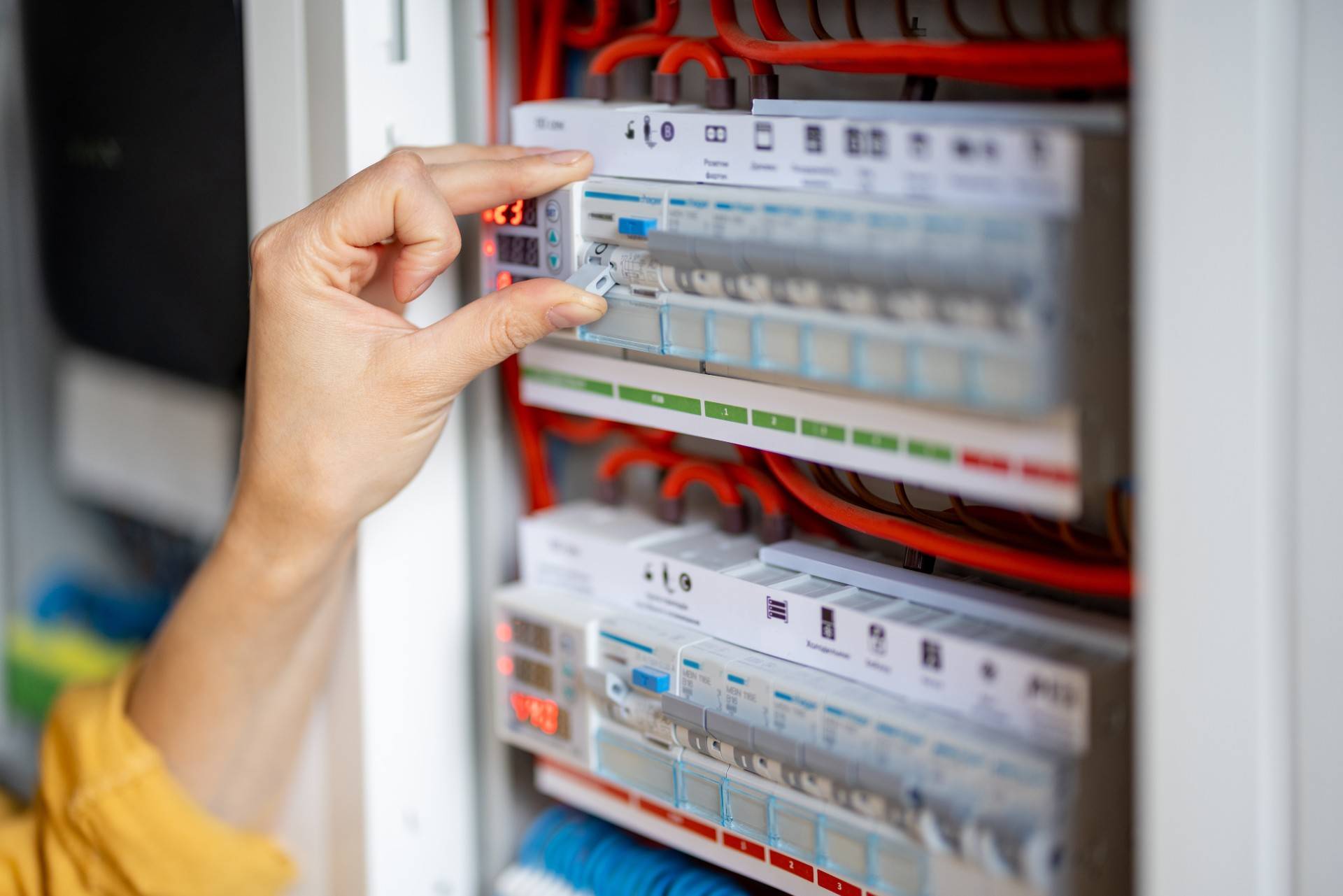
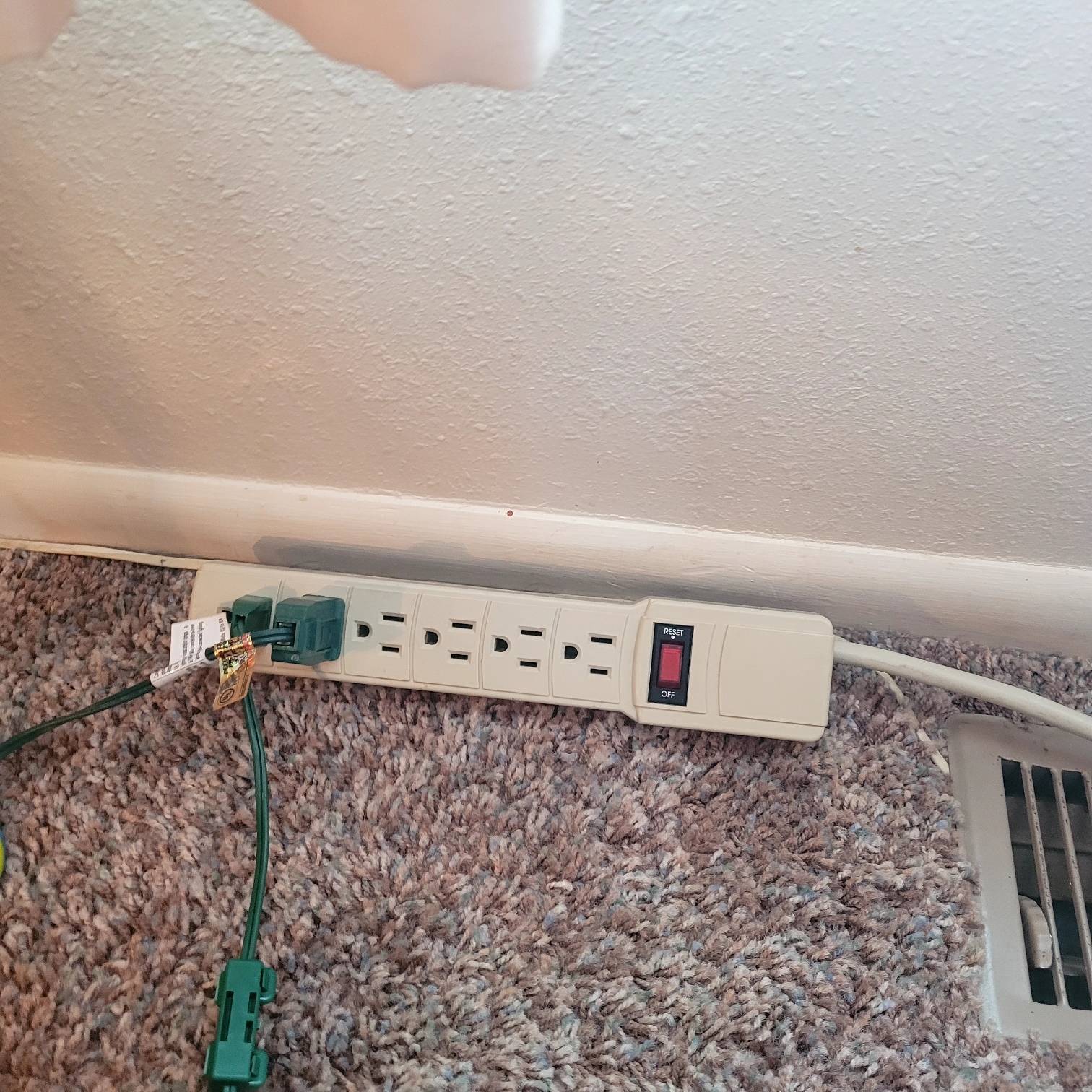
We live in an age of ever more electronic devices being connected to household wiring. Few people take the time to pay attention to the amperage of a circuit handle and even fewer bother to take notice of the amperage draw of devices connected to a single electrical outlet.
In the United States, a standard circuit has a 20 amp circuit breaker attached to the panel for lights and electricity. A standard construction rule is to limit the outlets on a single circuit to just six. Lights count as outlets, so no more than six total outlets and lights on one circuit.
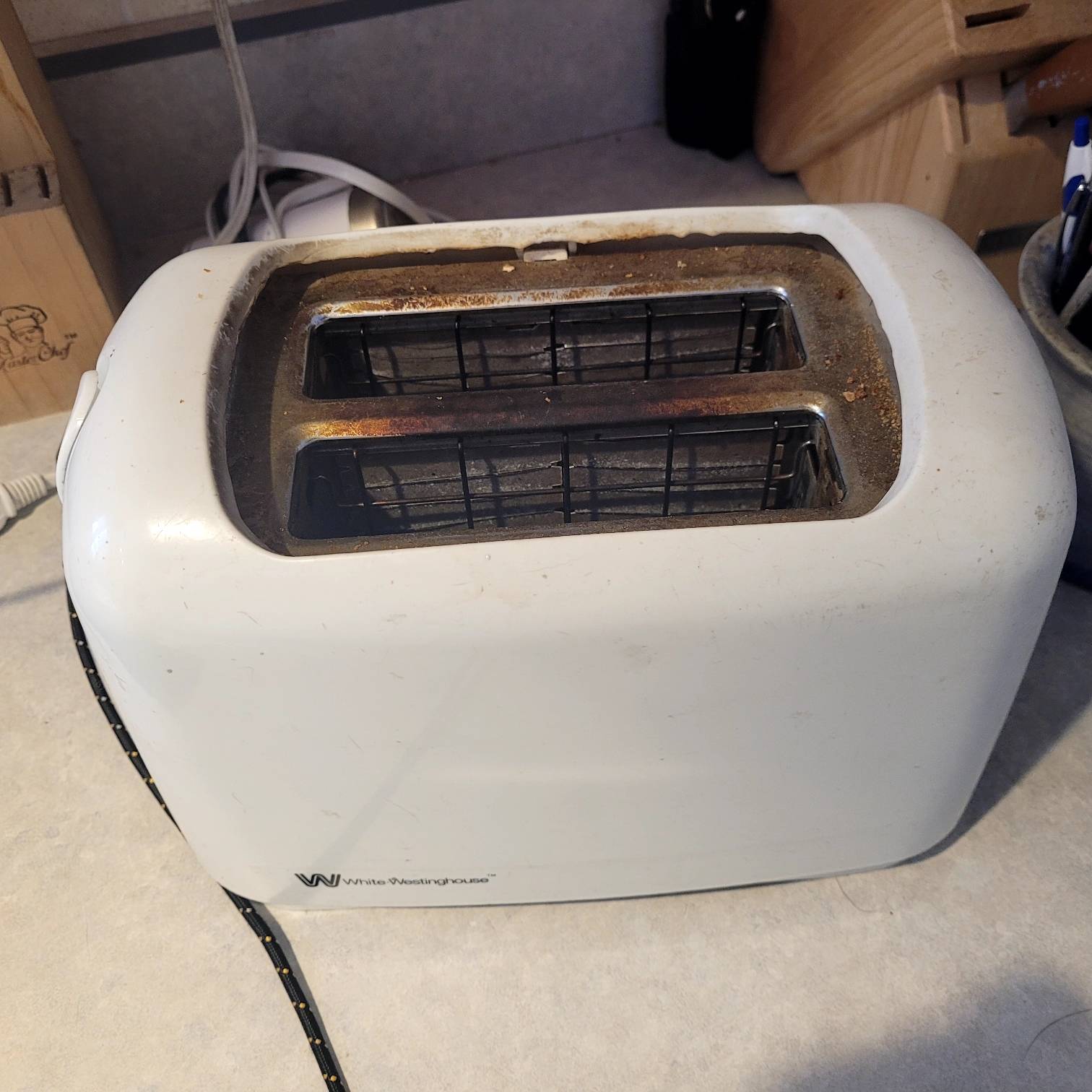
Many older homes have 15 amp circuits, whereas modern homes may have 30 amp circuits on heavier gauge wire, but for today, lets stick to talking about a standard 20 amp circuit.
If you’ve ever had a breaker trip closed because you had a microwave, electric fry pan, and toaster all running at once on a single circuit, you soon learn what overloaded means.
Fans of A Christmas Story and National Lampoon’s Christmas Vacation will remember the scenes when sparks fly and fuses are blown after one too many extension cords are piled together on a single outlet, creating an overload.
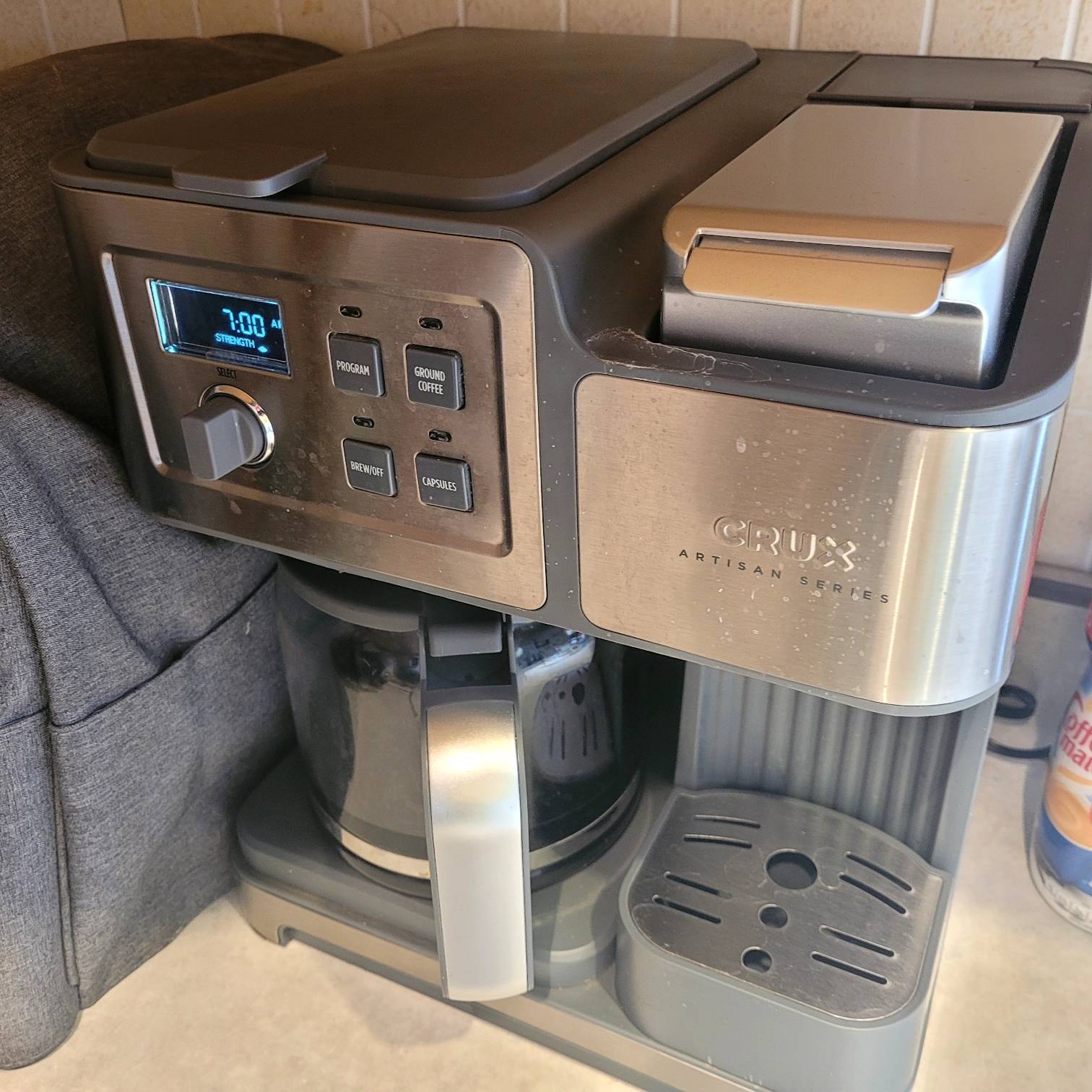
While it’s entertaining to witness on screen, there’s nothing funny about this in reality. If it happened in your own home, it would mean a huge risk of fire and damaged appliances if you recreated those situations.
What to Watch For In Your Own Home
With the goal of keeping the amperage draw on a single circuit (note: circuit, not outlet) here are the draws of common household electrical appliances:
| 120 Volt Device | Minimum AMP Draw | Maximum AMP Draw |
| Dishwasher | 6.5 | 9 |
| Microwave | 7.5 | 10 |
| Television | 1 | 2 |
| Refrigerator | 1 | 2.5 |
| Toaster | 7.5 | 15 |
| Coffee Maker | 5 | 7 |
| 100 Watt Lightbulb | .83 | .83 |
If you take a look at the chart above, you can see how few kitchen appliances can quickly overload a standard 20-amp circuit. Devices that create heat such as ovens, toasters, microwaves, or coffee makers draw substantially more power than a television or even a device as large as a refrigerator. Keeping these appliances limited to just two per circuit can prevent an overload.
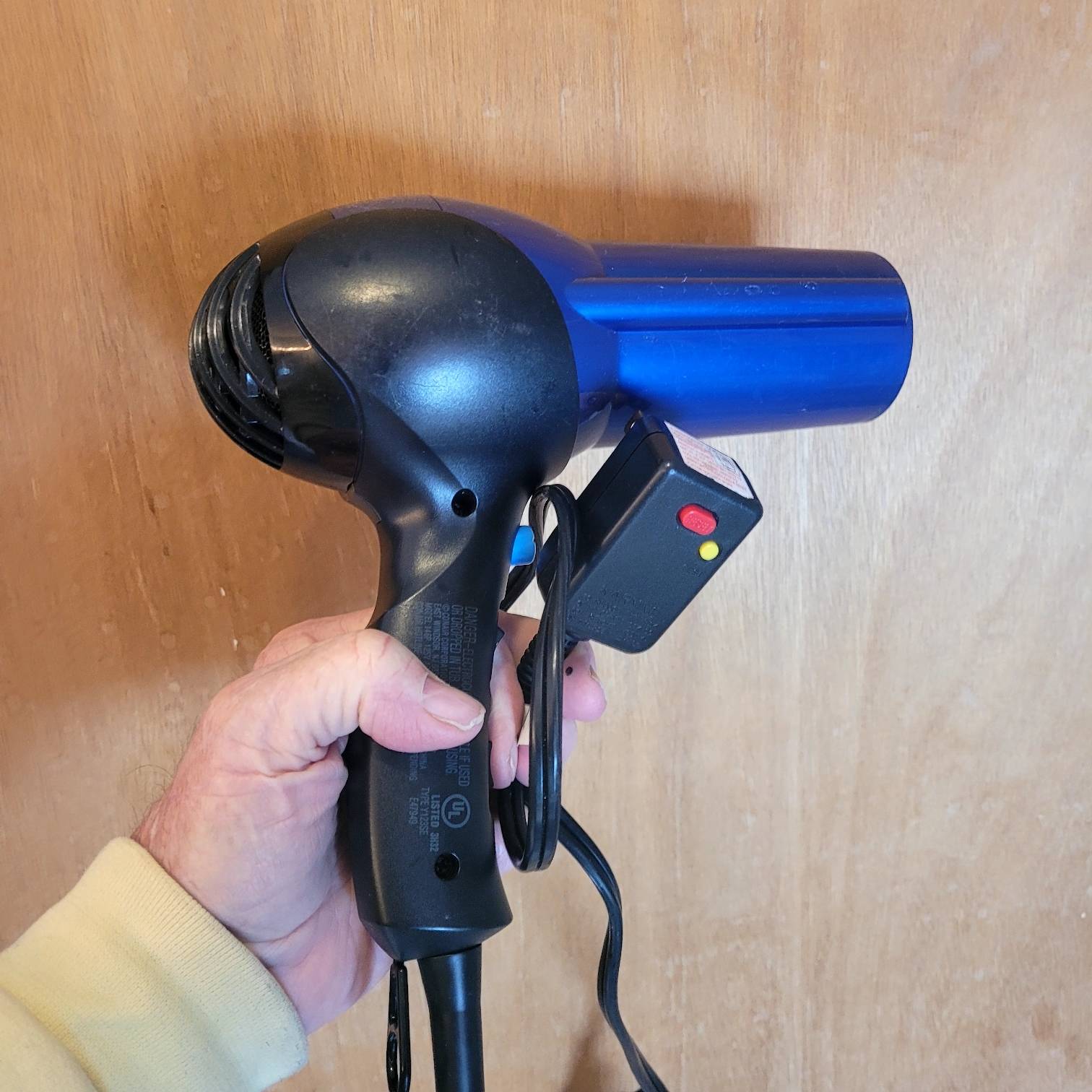
Large 240-volt devices such as conventional ovens, clothes dryers, water well pumps, or furnaces all operate on a single, dedicated circuit due to their tremendous amperage draw that can reach a massive 50 amps.
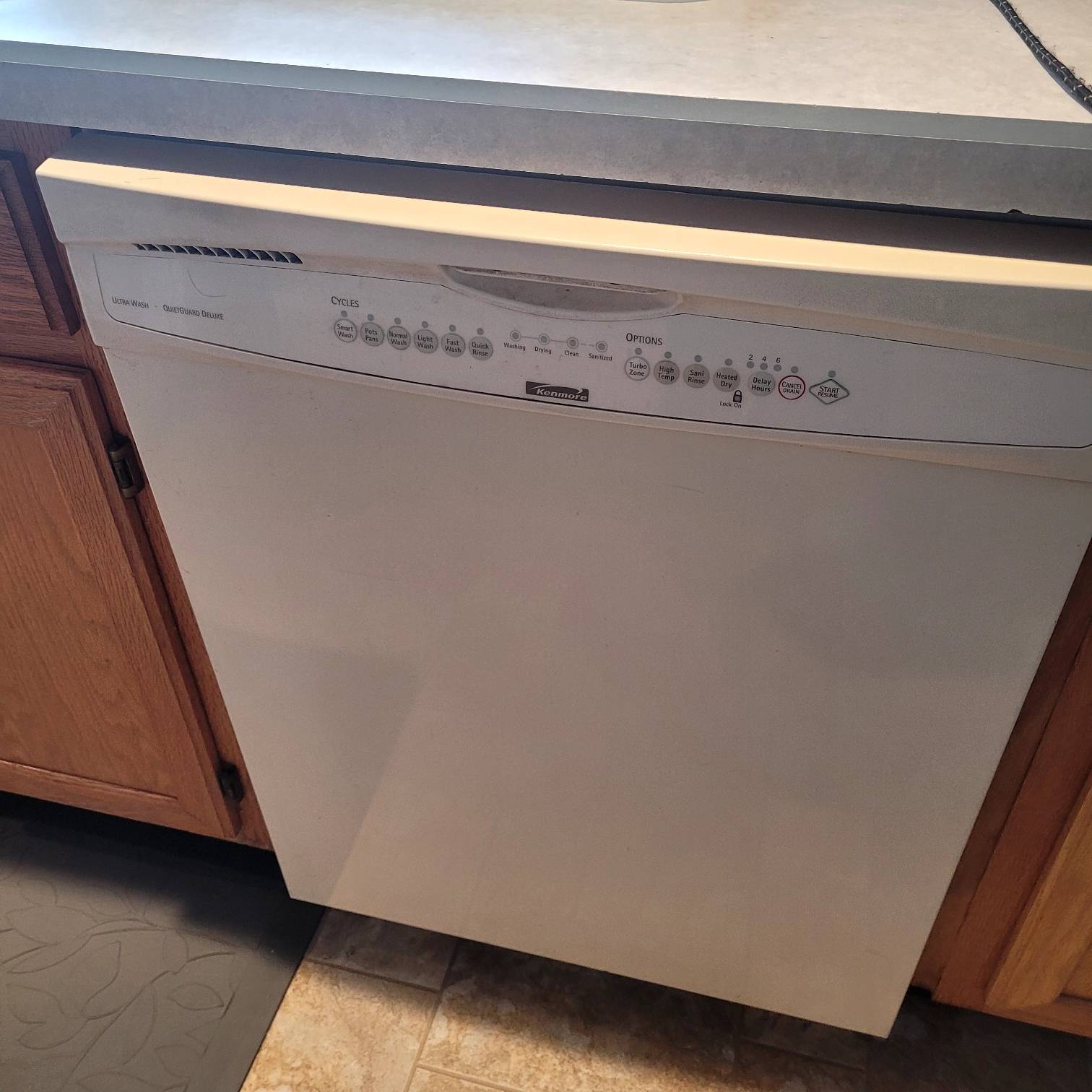
How to Fix (Or Prevent) An Overloaded Circuit
The simple solution to overloaded circuits is to spread the high amperage devices out, so they’re not all trying to draw power from the same 20 amp circuit.
If spreading these devices out is not an option, you’ll need to have an electrician add another circuit to your problem area.
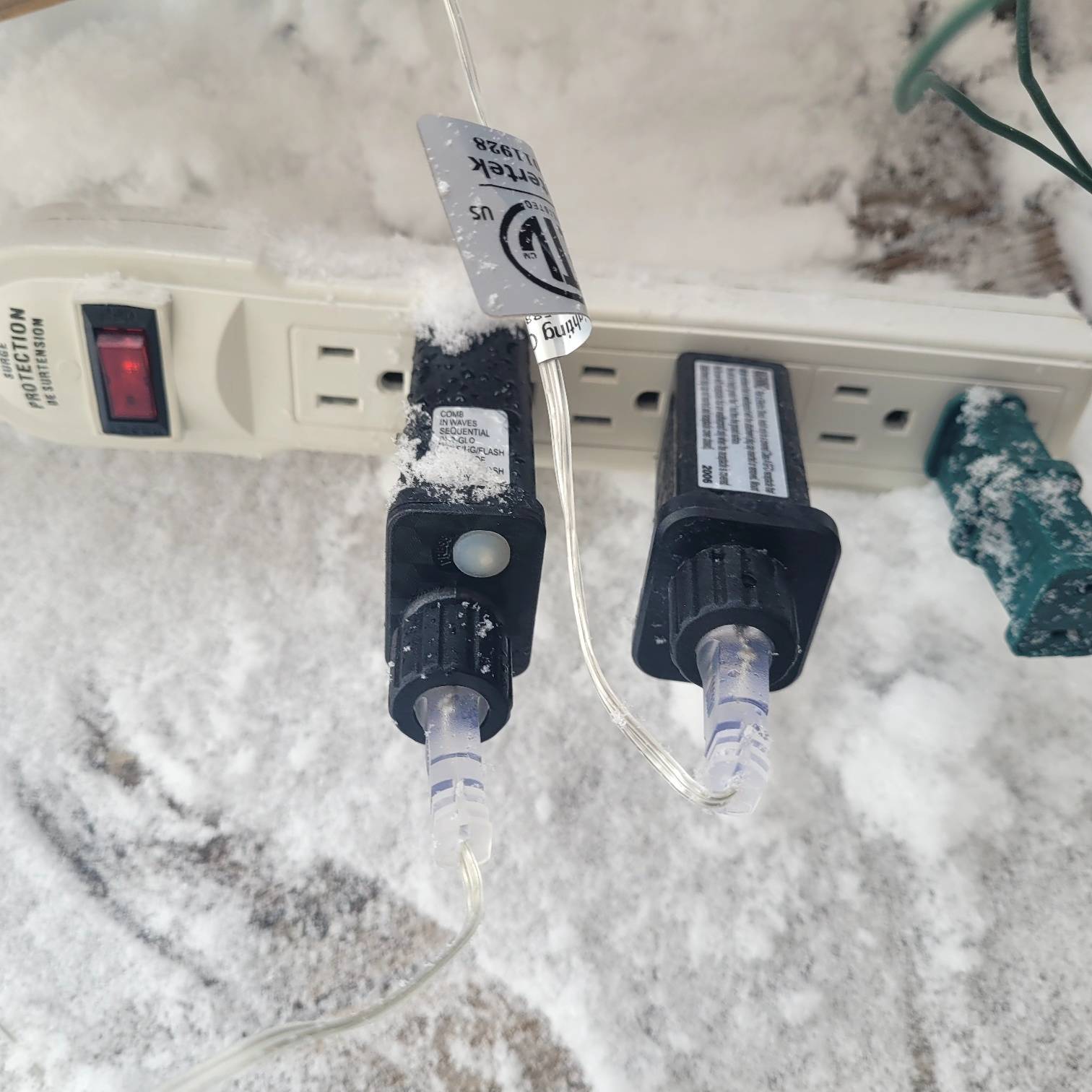
Spreading out devices is an easy, zero-cost solution. It’s also the solution that will prevent you from having to spend more money in future when you need to replace that toaster that set your outlet on fire because it overwhelmed the circuit! On the other hand, bringing in a professional electrician is an option if you’re not confident in how to address the issues in your home. A professional means more cost, a stranger in your space, and it takes planning, but it is a permanent solution.


